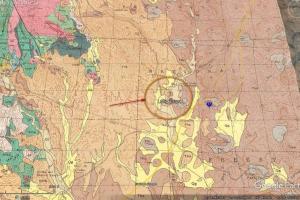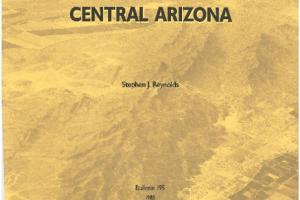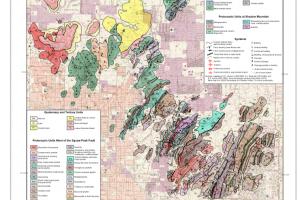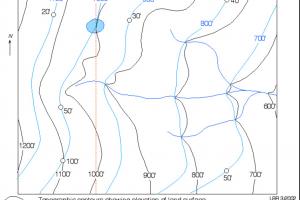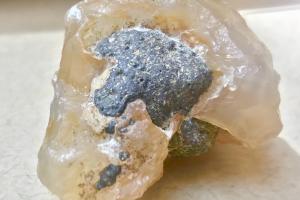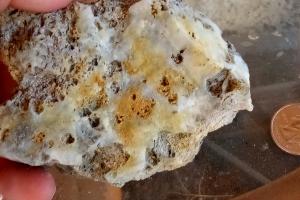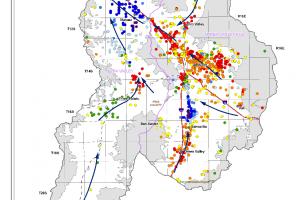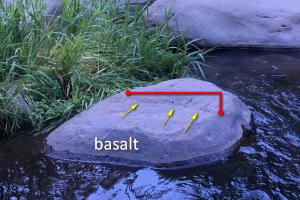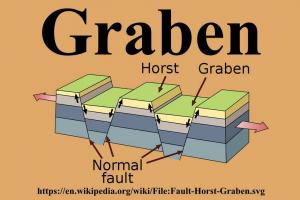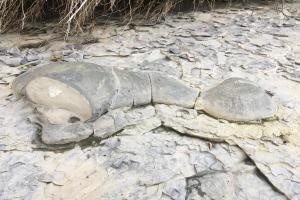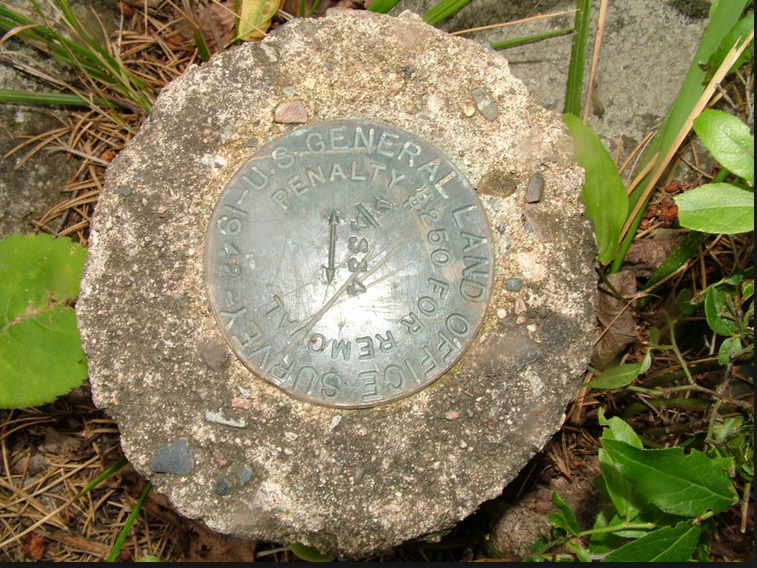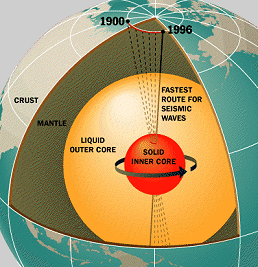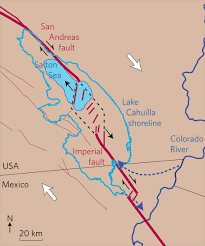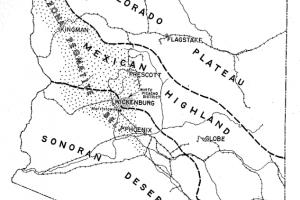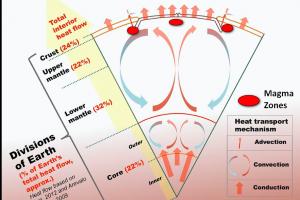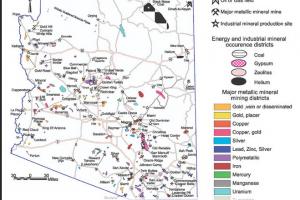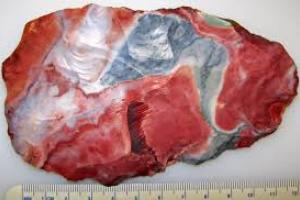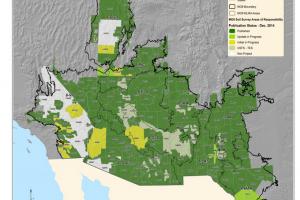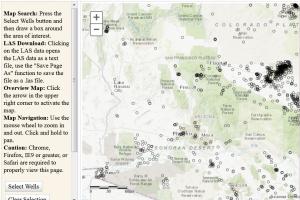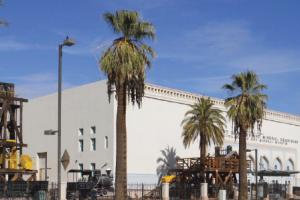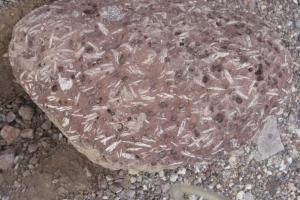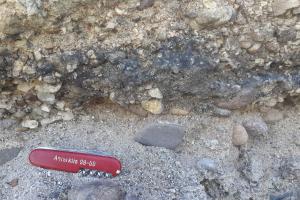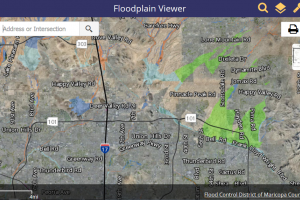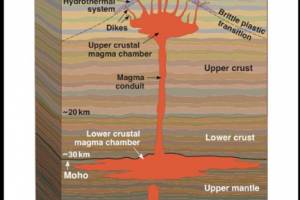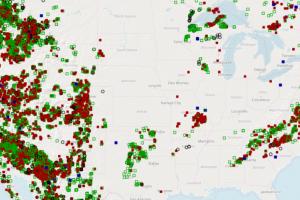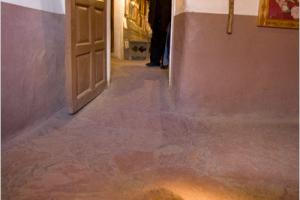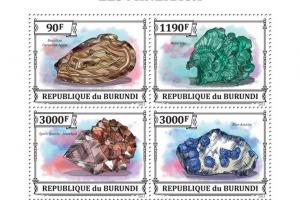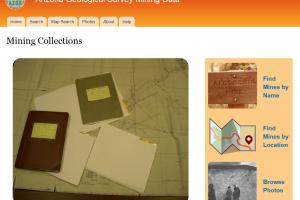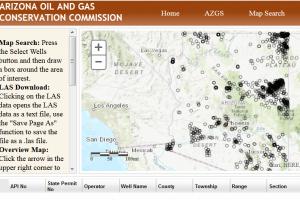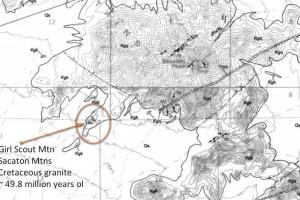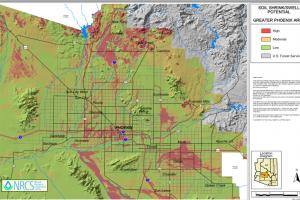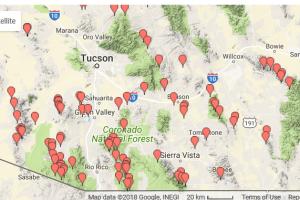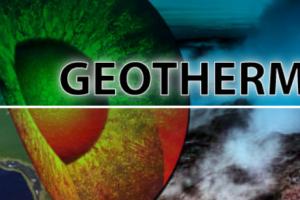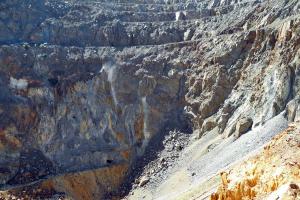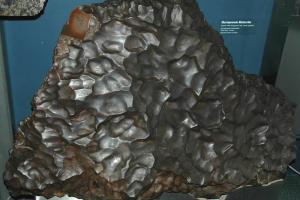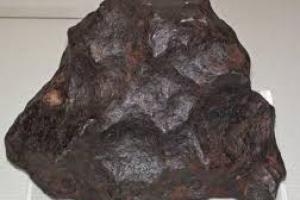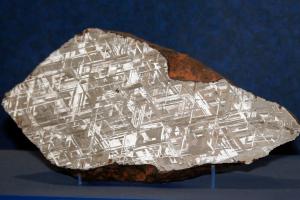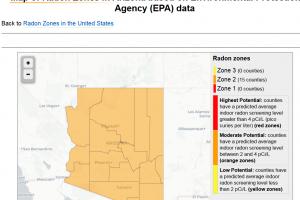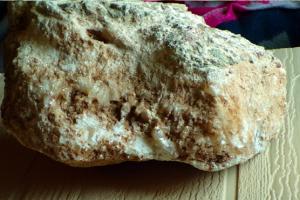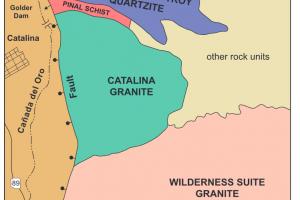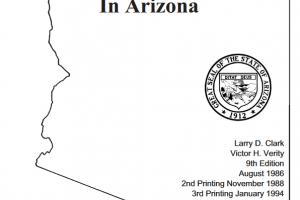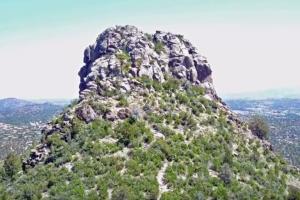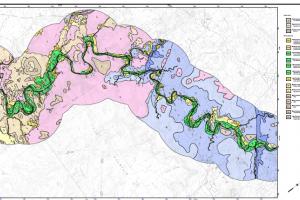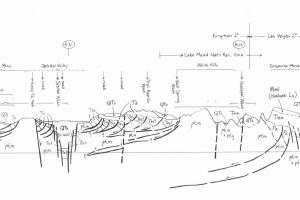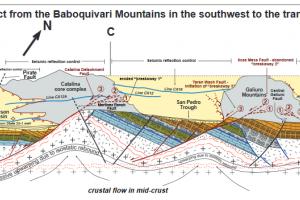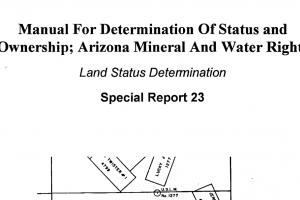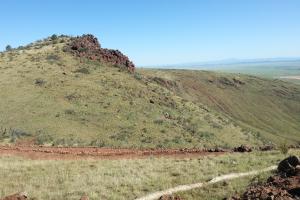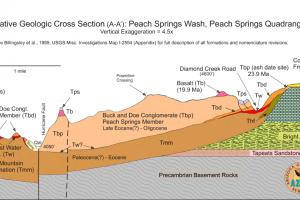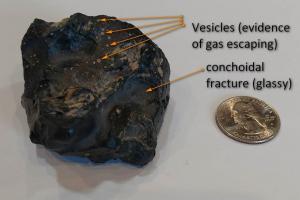Hi Cyndi,
Thanks for your interesting question about water usage in gold mining. As a bit of background, managing water is one of the most important environmental considerations at mining operations. The most common uses of water in mining are in processing ore (e.g., grinding, flotation) and in watering mining roads to suppress dust (Stevens, 2010). The sources of water for mining in Arizona vary depending on the local geography, but include aquifers, Central Arizona Project (CAP), surficial waters, captured precipitation, and even water from the mine itself if the mine is being actively dewatered (Singh, 2010).
Estimates for average water consumption at a mine site vary considerably based on the processing method applied (e.g., heap leaching, flotation, gravity), but a global summary for water withdrawals for gold mines found the ‘average’ gold mine used ~0.350 m3/metric ton of ore-grade rock (Gunson, 2013). As such, the annual amount of water used will depend on how much mineralized material is being mined each year. While this doesn’t give a nice average use, it is more robust as it considers the size of the operation. The current water usage due to gold mining in the Upper Hassayampa and Agua Fria basins should be fairly low to our knowledge as there are no significant gold operations active in the area, with the historic gold mines in the area being defunct. What little gold production is happening is due to a few relatively small placer operations and rare, very minor pilot operations to test some of the historic mines. A larger source of water in the area is likely from industrial minerals (e.g., sand and gravel) mining operations.
Cheers,
Carson Richardson (AZGS Economic Geologist)
References:
Gunson, A. J., 2013, Quantifying, reducing, and improving mine water use: Unpublished Ph.D. dissertation, University of British Columbia, Vancouver, 258 p. URL: https://open.library.ubc.ca/cIRcle/collections/ubctheses/24/items/1.0071942
Singh, M. M., 2010, Water consumption at copper mines in Arizona, Arizona Department of Mines and Mineral Resources, Special Report 29, 16 p. URL: http://repository.azgs.az.gov/uri_gin/azgs/dlio/1295
Stevens, R., 2010, Mineral exploration and mining essentials: Port Coquitlam, British Columbia, Pakawau GeoManagement, Inc., 322 p.


